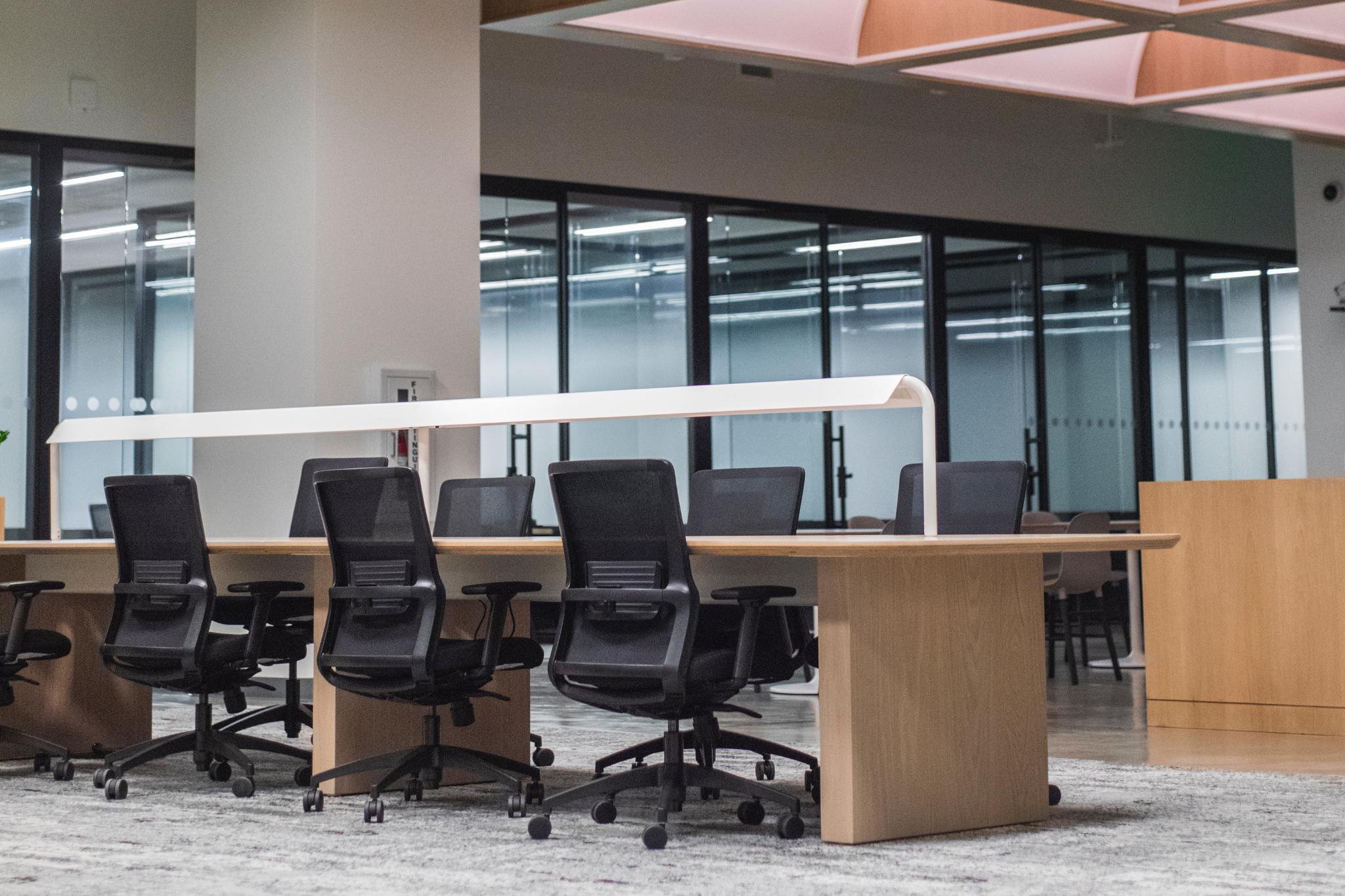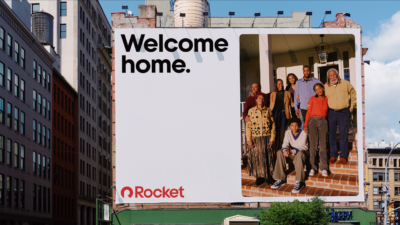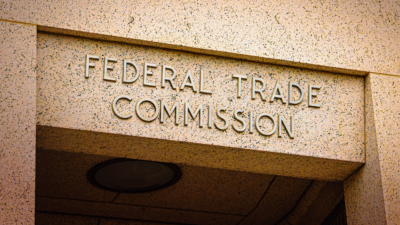It’s Not Just Commercial Landlords Fretting Over New High in Vacancies
Office vacancy rates in major cities have risen to worrisome levels while investments into commercial real estate are in retreat.

Sign up for smart news, insights, and analysis on the biggest financial stories of the day.
Cities around the world were ghost towns as the pandemic took hold. While the hustle and bustle has returned for the most part, don’t look too closely inside the office buildings.
Office vacancy rates in major cities have risen to worrisome levels while investments into commercial real estate are in retreat. But there’s more at stake than team-building exercises: Shifts like this can cause massive ripples into cities’ tax bases, commuter and retail spending, and the health of financial lenders.
Return-to-Office, Please
Referencing preliminary data from researcher CoStar, the Financial Times reported that office vacancy rates in New York City have risen to 13%, up from 8% pre-pandemic. Chicago is at 16%, up from 12%. San Francisco has hit a two-decade high at 20%. In the UK, things aren’t much better: vacancy rates in London and Manchester are up to 10% and 9.5%, respectively.
With smaller-than-normal crowds going into offices, other sectors of the economy also feel the pain. New York subway ridership is still lingering at around 70% of pre-pandemic capacity, The New York Times reported — not ideal when fares make up one-quarter of the transit system’s budget. Downtown business in San Francisco can no longer depend on a rush of office workers at the end of a day, so the city is considering “entertainment zones,” which would allow drinking, art performances, and street vendors in specific public areas similar to New Orleans and Austin, Texas.
And then there’s the threat to smaller regional banks, which, you may have heard, haven’t had the best year:
- The global commercial real estate market is worth $20 trillion, and 80% of its debt is held by regional banks. Five to 10 office towers each month are newly at risk of defaulting because of low occupancy, expiring leases, or maturing debt that would have to be refinanced at a higher rate, Manus Clancy of data firm Trepp told The Wall Street Journal.
- For some, it’s 2008 all over again. Economist Philip Pilkington opined in Newsweek that rising interest rates and high vacancies will turn commercial real estate loans into “toxic waste and end up sealed away on the government’s balance sheet.”
Are you in, or are you out? Amazon and Meta have started requiring employees to come to the office for at least part of the week, and Goldman Sach wants staff there for the full five days. According to an August report from Resume Builder, 90% of companies say they will return to the office to some degree by the end of 2024. Some will use office presence as an employee performance metric, and roughly a third of the 1,000 respondents said they would even threaten to fire employees who don’t comply with the policies. Which wouldn’t necessarily help fill up offices.











